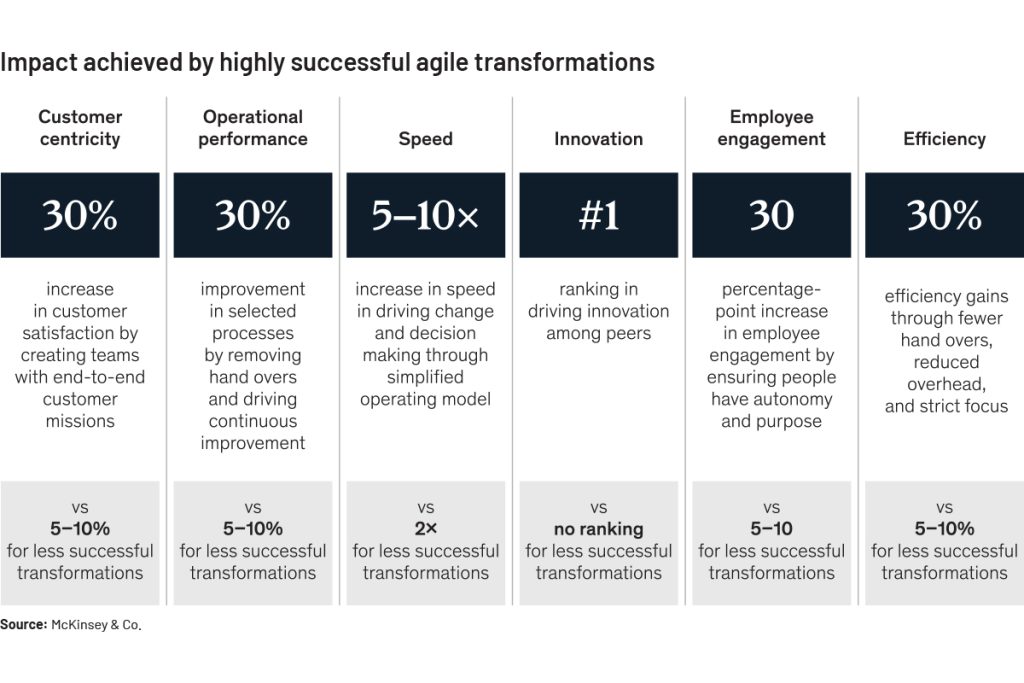We put on our thinking hats and explore the key impediments to organisational agility and actionable strategies to unleash this essential quality
Words by Karan Karayi
Speed. In the fast-lane of a quick-moving business world, it’s of the essence. We see terms such as agility, reinvention, and resilience often thrown around so often. And yet, many organizations find themselves stuck in the quagmire of outdated practices and rigid structures. So, what’s holding them back?
Past Tense, Future Perfect
Historically, we have seen that power (and indeed wealth) has been concentrated in the hands of a few at the very top echelons. Often, they have been loathe to let go of the reigns, and the centralisation of decision-making often made it difficult to quickly pivot even if line managers and key executives down the pecking order recognised the need for it.

Today, many organisations continue to operate in this manner. It has taken a black swan event of global scale to help us understand that people, purpose, and profits are not mutually exclusive. Neither is the ability to pivot swiftly when needed. Human beings are often characterised as seeing change as anathema. Increasingly though, leaders are recognising that change can be for the better.
Key Impediments to Organisational Agility
While the benefits of agility are clear, several barriers can hinder its implementation. Let’s break down these impediments and see how they can be tackled.
Hierarchical Structures
Traditional corporate structures often resemble a pyramid, with decision-making power concentrated at the top. This can lead to not just snail-like decision-making, but also siloed structures. In tandem, they stymie agility and smother opportunities for collaboration and innovation.
Risk Aversion
Fear of failure can be paralysing. Organizations often prioritise safety over experimentation, leading to stagnation and an omniscient sense of cultural resistance. By eschewing risks, companies don’t just run the risk (ironically) of missing out on groundbreaking ideas. More to the point, having a culture that looks on failure with scorn discourages employees from trying new approaches, leading to a decidedly un-virtuous cycle that repeats itself.

Inflexible Processes
Many organisations cling to rigid processes that can stifle creativity and responsiveness. This rigidity can result in bureaucratic delays that can slow down the march of progress. Equally, when things are set in stone, changing your ways can be a truly Herculean task that can give your organisation the institutional equivalent of whiplash.
Ineffective Communication
Clarity in communications is a vital driver of agility. Simply, a breakdown in communication can lead to misaligned teams working towards disparate goals without understanding the bigger picture. These fragmented efforts, while can prevent the sharing of insights and best practices.
Insufficient Training and/or Resources
A workforce unprepared for change is a significant barrier. This can manifest in skill gaps, with employees potentially lacking the necessary skills to adapt to new technologies or processes. Resource bottlenecks could only exacerbate matters, with teams struggling to implement agile practices effectively.

Strategies to Unlock Organisational Agility
Now that we’ve identified the key impediments, let’s explore effective strategies to overcome these hurdles and race headlong towards a more agile organisation.
Make the Hierarchy F***
To enhance agility, organizations should consider making structures flat. Remember how we took a walk down memory lane and spoke of centralised decision-making earlier? Decentralising this process empowers teams, giving them the ability to speed up processes and enhance responsiveness. And done right, it can also foster inter-department collaboration, making it the ideal breeding ground for innovation.
Look at Risk with Ishq
Embracing a culture that encourages calculated risks can unleash creativity. Imagine the darkness that would pervade our lives if Edison had been beaten back by repeated failures to invent the bulb.

Recognising and learning from failures can shift the focus from blame to growth, besides providing teams with the freedom to test new ideas. Free yourself, and your team, from the stigma of failure
Streamlining Processes
Simplifying processes can enhance agility. Implementing frameworks like Scrum or Kanban can promote iterative development and flexibility, while regularly reviewing and refining processes can help organizations make iterative improvements and stay adaptable.
Enhancing Communication
Open lines of communication are critical for agility. That’s easier said than done, ironically.

However, ensuring regular check-ins can ensure everyone is aligned and aware of ongoing projects. Cross-platform tools like Slack or Trello can also help by facilitating real-time communication and, critically, collaboration.
Investing in Training and Development
Equipping employees with the right skills is essential for fostering agility. Offering training sessions can help employees adapt to new tools and methodologies, while tried and trusted mentorship methods like the buddy system can accelerate learning and knowledge sharing.
Organisational Agility: Full Steam Ahead
In times to come, the importance of organisational agility will only grow. Emerging trends such as technological disruptions and transformation, remote work, and changing consumer behaviors will require businesses to be more adaptive than ever. With the world characterised by uncertainty, organizations that prioritize agility will be better positioned to navigate challenges and seize opportunities. Be the disruptor or the dinosaur; the choice is yours.
The Business Case for Agility
According to an analysis of over 2,000 companies globally by McKinsey, 48 per cent of Indian companies have started or completed agile transformation against 52 per cent that haven’t. Staying the course is vital, as it impacts multiple dimensions



